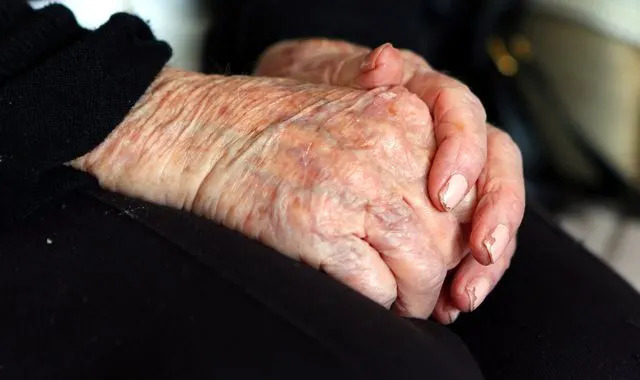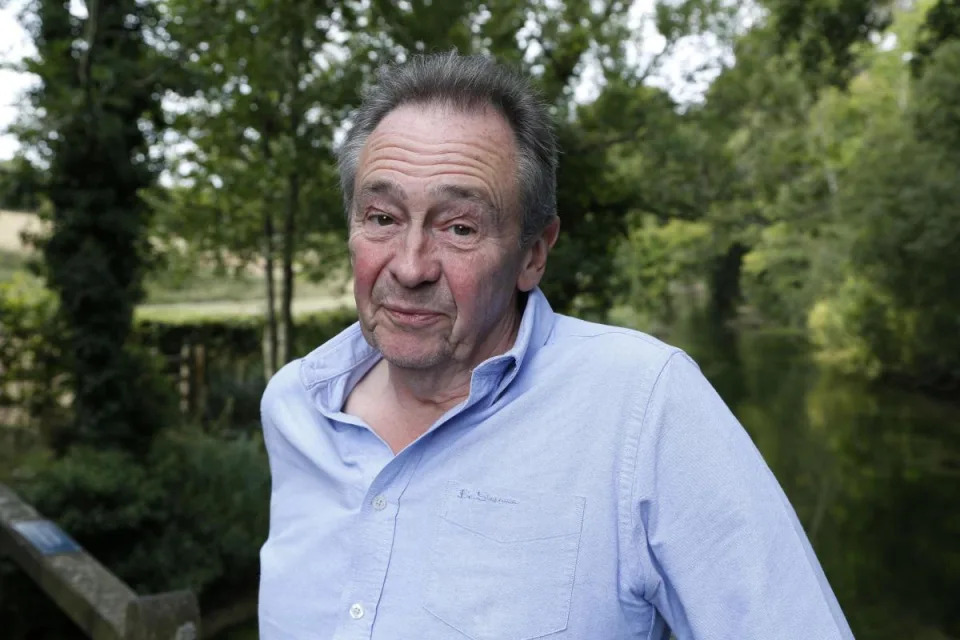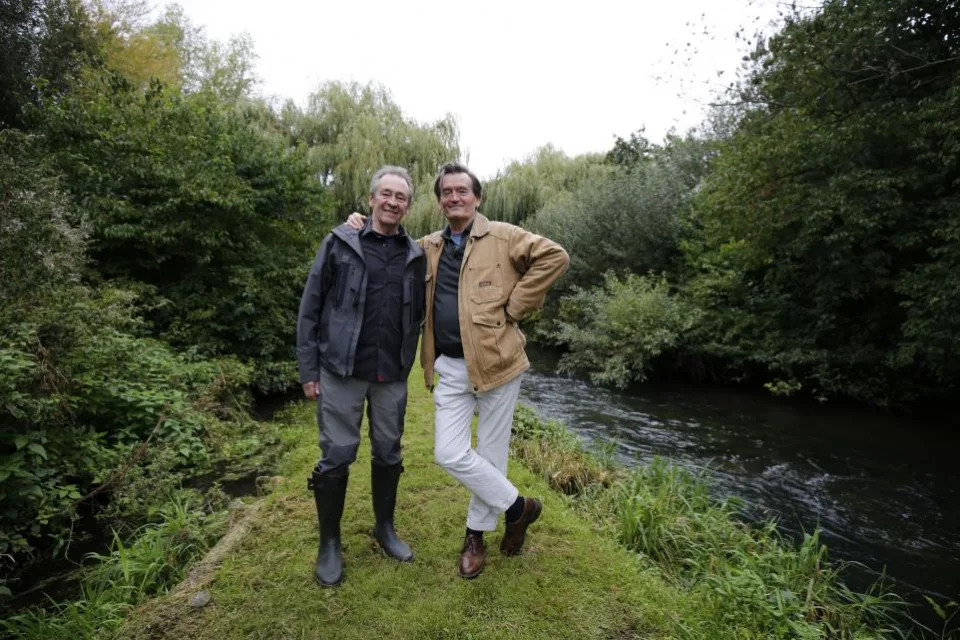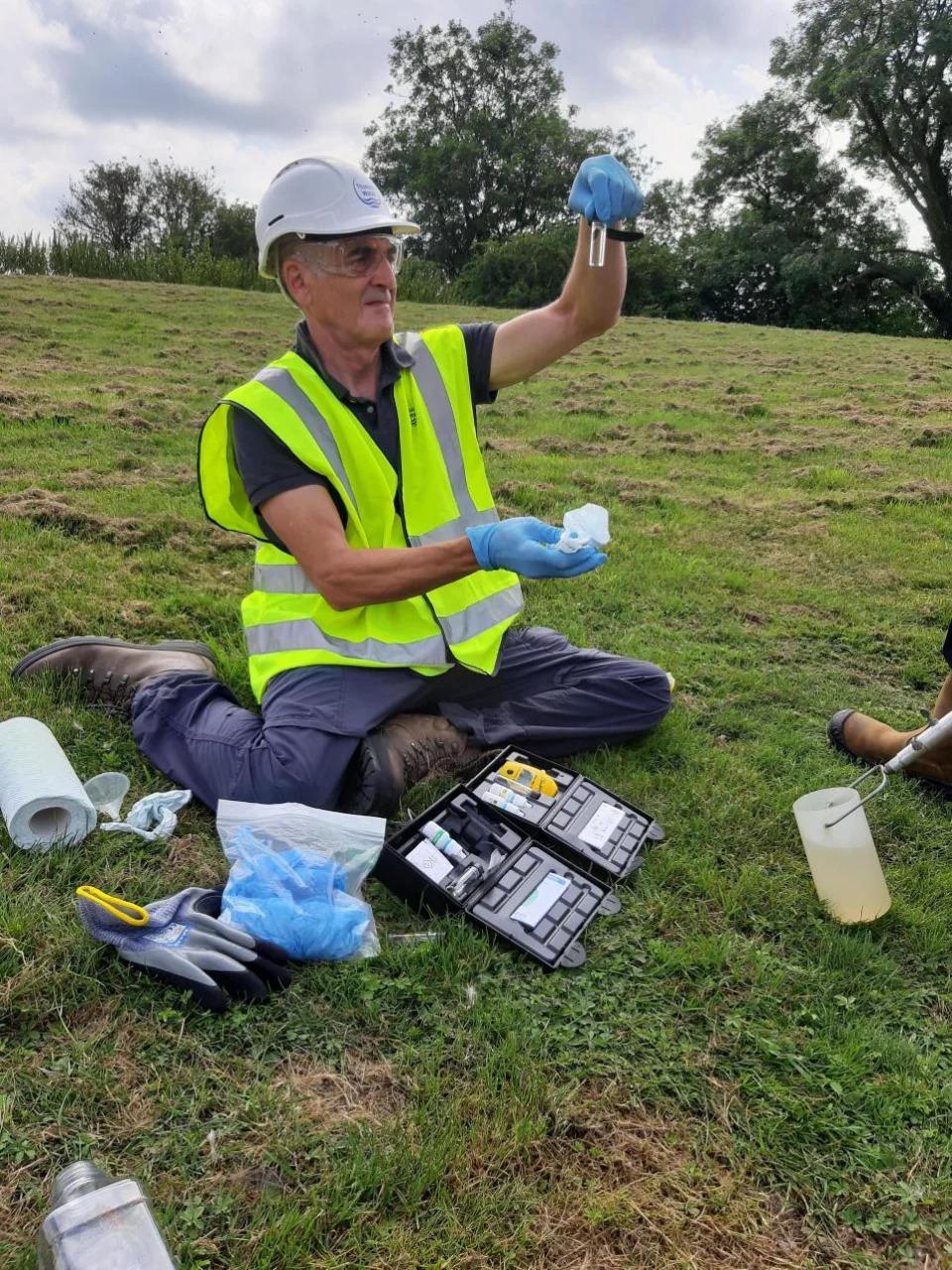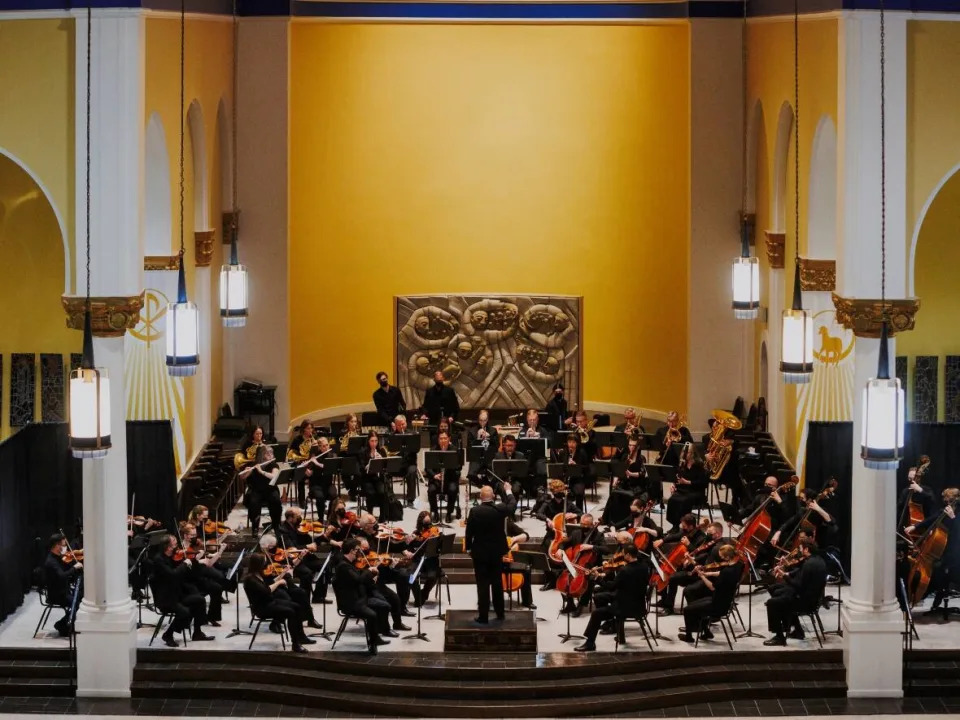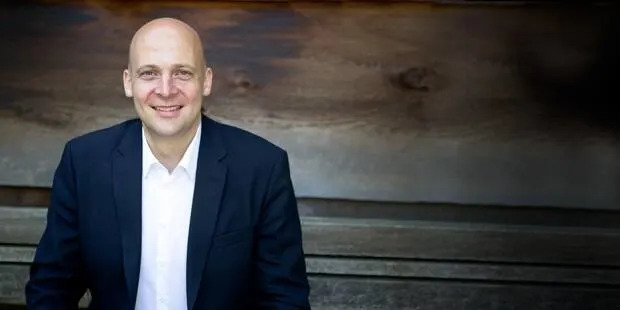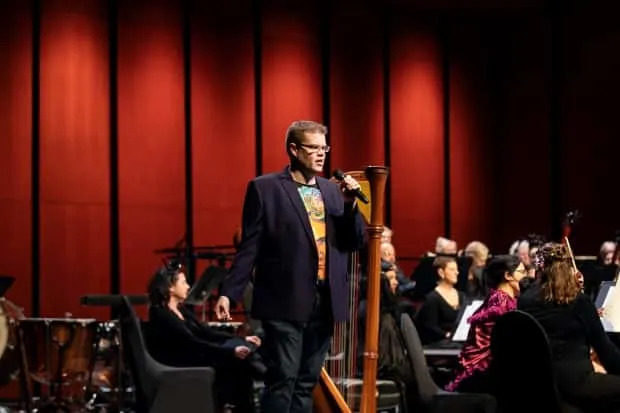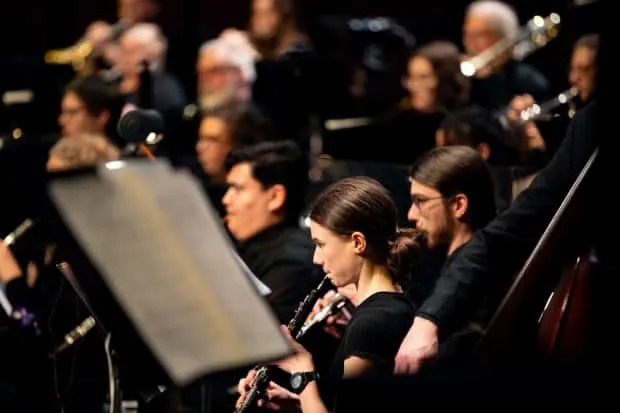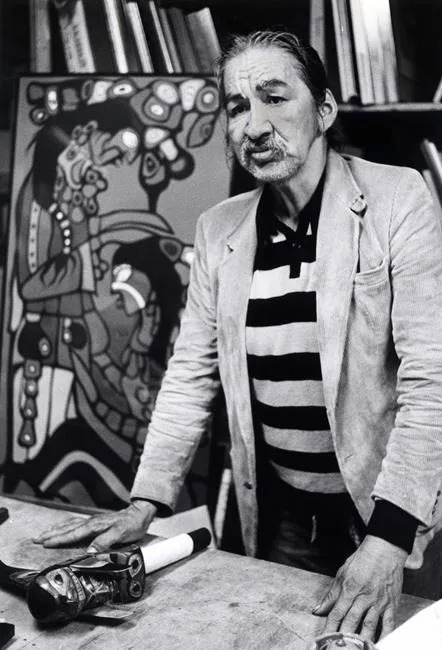Hannah Getahun
Sat, March 4, 2023

Eggs.Tayfun Coskun/Anadolu Agency via Getty Images
Egg prices have soared over the past year as a result of the deadly avian influenza.
However, prices will never really be the same, especially as the US transitions to cage-free eggs.
Some estimates say that in four years, 70% of hens could be laying eggs in cage-free housing.
Eggs — a tasty breakfast or, for the past year, a financial headache.
A highly pathogenic avian flu that killed 58 million birds bears much of the blame for record-high prices. High feed costs and inflation also played a part.
However, as flocks are recovering and egg price relief could be on its way, the days of $1 egg cartons could be over, as ethically sourced, cage-free eggs become a new reality in the US.
David P. Anderson, an extension economist at Texas A&M, told Insider the shift toward the new production system will come with production costs that will eventually reflect on supermarket prices.
"We're so focused on the short term, 'Oh, we got this disease,'" Anderson said. "But there's this underlying long-term portion in there, too. That's pretty important."
The trend toward ethical eggs
Most eggs in the country are produced by factory farms that stuff thousands of laying hens into battery-cages — stacked metal containers with little space to move. They live in one place, constantly producing eggs, eating and sleeping in their own feces and dust.
Animal rights activists say it's inhumane, and voters and businesses have responded.
In 2016, Massachusetts became the first state to mandate that eggs sold at stores need to come from farms that hold certain standards of care, including cage-free environments. Hundreds of businesses, like Walmart and McDonald's have also made pledges to move away from battery-cage eggs.
The changes in egg production among multiple states resulted in additional construction costs, higher feed costs, and higher labor costs. Cage-free methods could also result in lower egg yields.
CNBC estimated it would take farmers across the country at least $6 billion to build cage-free housing that would meet demand by 2027.
"It costs more money to produce a dozen eggs in a cage-free environment or any of these other methods," Anderson said. "So as more of the industry tries to convert to comply with those kinds of regulations and prices are going to be higher. "
During avian flu-induced price increases starting in February 2022, the price disparity became apparent. In states like California, whose cage-free mandate went into effect in January 2022, prices increased up to nearly $6 for a dozen eggs in December, while prices were $4 to $5 in many other states.
Other factors, like egg production being concentrated in the Midwest, resulting in higher transport costs, played a role as well, Anderson said.
Cage-free eggs are what consumers want, but 'sticker shock' could deter buyers
Despite the heftier price tag, cage-free is where the country is headed.
The percentage of hens in cage-free housing rose from 4% to 28% between 2010 and 2020, per the Associated Press. In four years, this figure could be 70%.
Fourteen states have already passed laws to ban cages and nine states have passed laws banning the sale of battery-cage eggs. The constitutionality of Proposition 12, the cage-free law passed in California, is currently being reviewed by the US Supreme Court.
However, higher prices can sometimes scare consumers from buying.
Consumer demand for eggs is currently lower than it was this time last year. This could be a case of sticker shock, Anderson said. It may also shed light on how consumers could react to egg price increases in the future.
"As prices have gone up people have become really cognizant of what it costs," Anderson said. "And they're changing what they're buying a little bit, like 'Gosh, you know, we'll buy fewer eggs.'"
I AM THE EGGMAN KOO KOO KA CHOO



